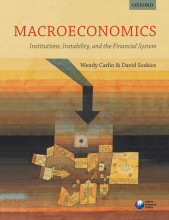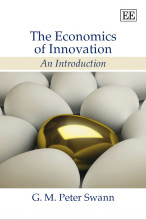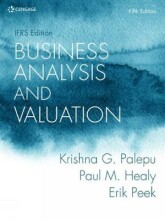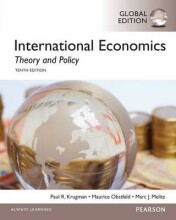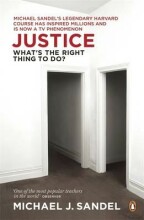Growth, fluctuations and innovation - Short- and medium-run macro models and growth theory
6 important questions on Growth, fluctuations and innovation - Short- and medium-run macro models and growth theory
Describe the short-run macro model
Describe the paradox of thrift
Describe the effect of an increase in the savings rate in the medium-run macro model
- Higher grades + faster learning
- Never study anything twice
- 100% sure, 100% understanding
Describe the heart of the Solow model (introduction)
Explain the effect of an increase in the savings rate for the Solow model
Explain the role of the central bank when the saving rate goes up
The question on the page originate from the summary of the following study material:
- A unique study and practice tool
- Never study anything twice again
- Get the grades you hope for
- 100% sure, 100% understanding



















